Sweet history: The human stories of York's chocolate factories revealed
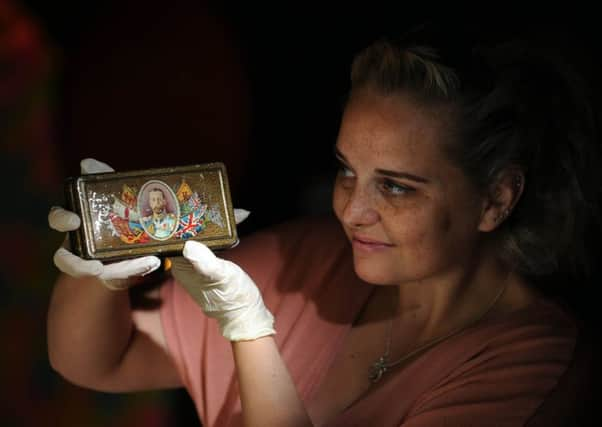

The words of former Terry’s engineer Dave Blackwell, whose story, along with those of 100 other former chocolate factory workers, are bringing to life the social history of York’s sweetest industry at a new exhibition now open at York’s Chocolate Story.
York’s chocolate-making history dates back almost 300 years, and at its peak, over 14,000 people were employed in the city’s famous chocolate factories - including Rowntree’s city-esque site at Haxby Road, which opened in 1890, and was so big it had its own fire brigade, and Terry’s Chocolate Works factory near York Racecourse, which opened in 1926 and is now a major housing development.
Advertisement
Hide AdAdvertisement
Hide AdJoint exhibition coordinator Jenni Shepherd said: “When we opened the museum it was well-documented how key York was to the UK’s chocolate industry, and people were interested to find out more about the key brands like Kit Kat and Aero that were produced here.
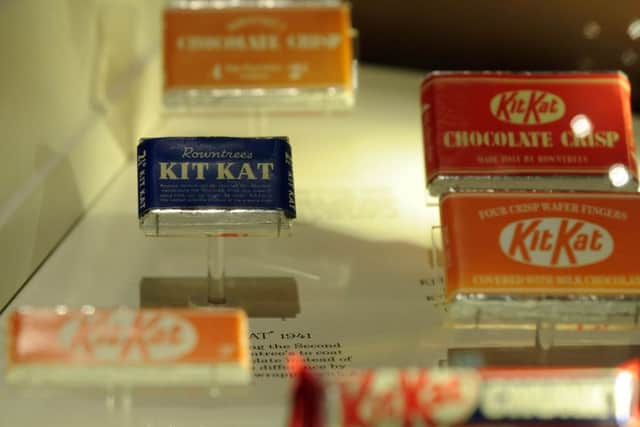

“But over the last four years people who worked in factories have given us amazing stories and information. You would be hard to find somebody in York who is not connected to the industry in some way, and there are a great deal of people who are proud and passionate about what they did at Rowntree’s, Terry’s or Craven’s.”
People like Mr Blackwell, who after leaving school and starting at Terry’s, did not return to the factory for another year - after the business paid for him to go to college to get qualified.
He stayed at Terry’s until it closed in 2005, following the company’s takeover by Kraft.
Advertisement
Hide AdAdvertisement
Hide Ad“The amount of investment and training the factories put into the staff was amazing”, Mrs Shepherd said.
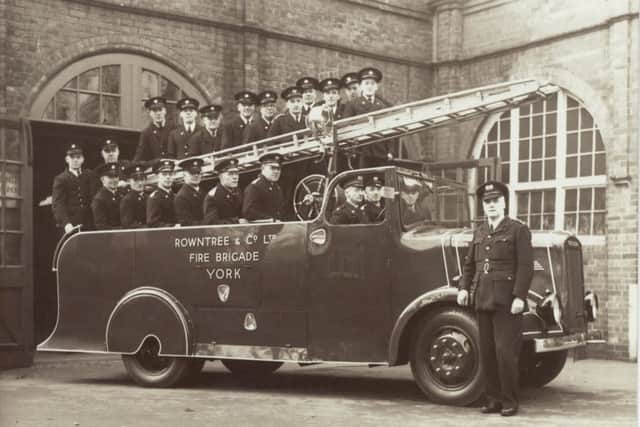

“Another lovely story came from a woman whose grandmother, who lived in Manchester in the 1930s, had come to visit a friend who worked at Rowntree’s and was so impressed by the working conditions there she decided to move over, eventually bringing her entire extended family to York.
“That’s really why the chocolate industry flourished so well - they cared about the people and not just the products.”
Some of the memories shared give an insight into life inside the factories - such as being able to eat as many chocolates as they liked, but never being allowed to take them home.
Advertisement
Hide AdAdvertisement
Hide AdOne former Terry’s worker said they decided to follow their mother into the trade because she smelt so nice of chocolate when she came back from work, and another told how her mother-in-law, who worked at Rowntree’s from 1935, would tell her of the strict order the Fruit Pastilles had to be placed in their wrappers.
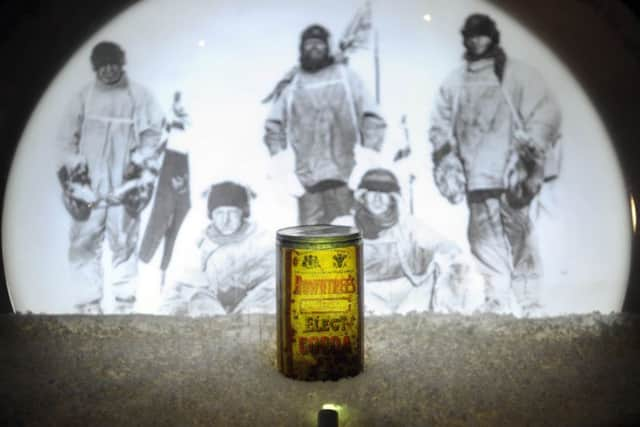

There were rebels though - Sarah James told the museum she “was amazed” to hear her mother talking of putting all the same colour Smarties together rather than mixing them up, deliberately.
The social side of factory life is also revealed, such as learning to jive on lunch breaks in the recreational room, and how “at the end of the day, it felt like every person in York must be coming down Haxby Road.”
Curator Bernie Fleck said: “York’s big chocolate factories were like cities within themselves with medical centres, sports fields, and a thriving social scene. One of the most enjoyable parts of my job has been to hear about the amazing times that the workers had there. I’ve heard fantastic stories about romance and rivalries and mischief on the production line.”
Advertisement
Hide AdAdvertisement
Hide AdChocolate and the People of York is at York’s Chocolate Story until December 31.
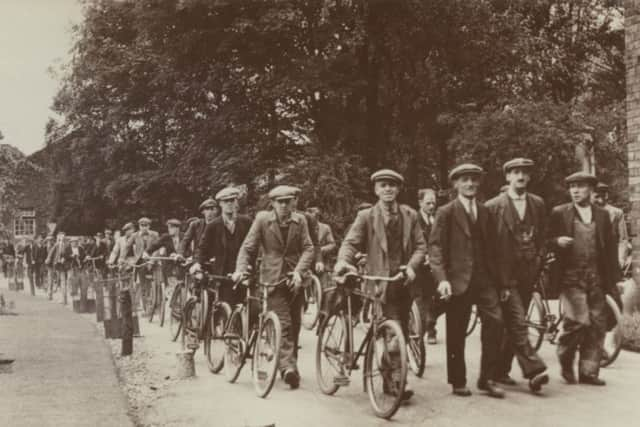

Historical links revealed
ON DISPLAY are links to some of the biggest events in 20th century history, such as a tin of Rowntree’s cocoa found with the body of Captain Scott after his fatal Antarctic exhibition, and tins of Rowntree’s chocolate sent to troops in the trenches of the First World War.
Co-creator of the exhibition, Jenni Shepherd said: “One woman told us how her mother told her about how packing the tins for the troops was bittersweet for those in the factory.
“So they smuggled in messages of support for the troops, and the supervisors turned a blind-eye.”
Rowntree’s employees had clubbed together to help pay for vital equipment for Scott and his men, who was so moved he visited the workers in York.